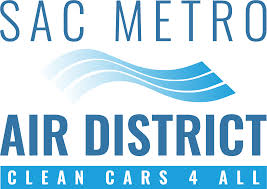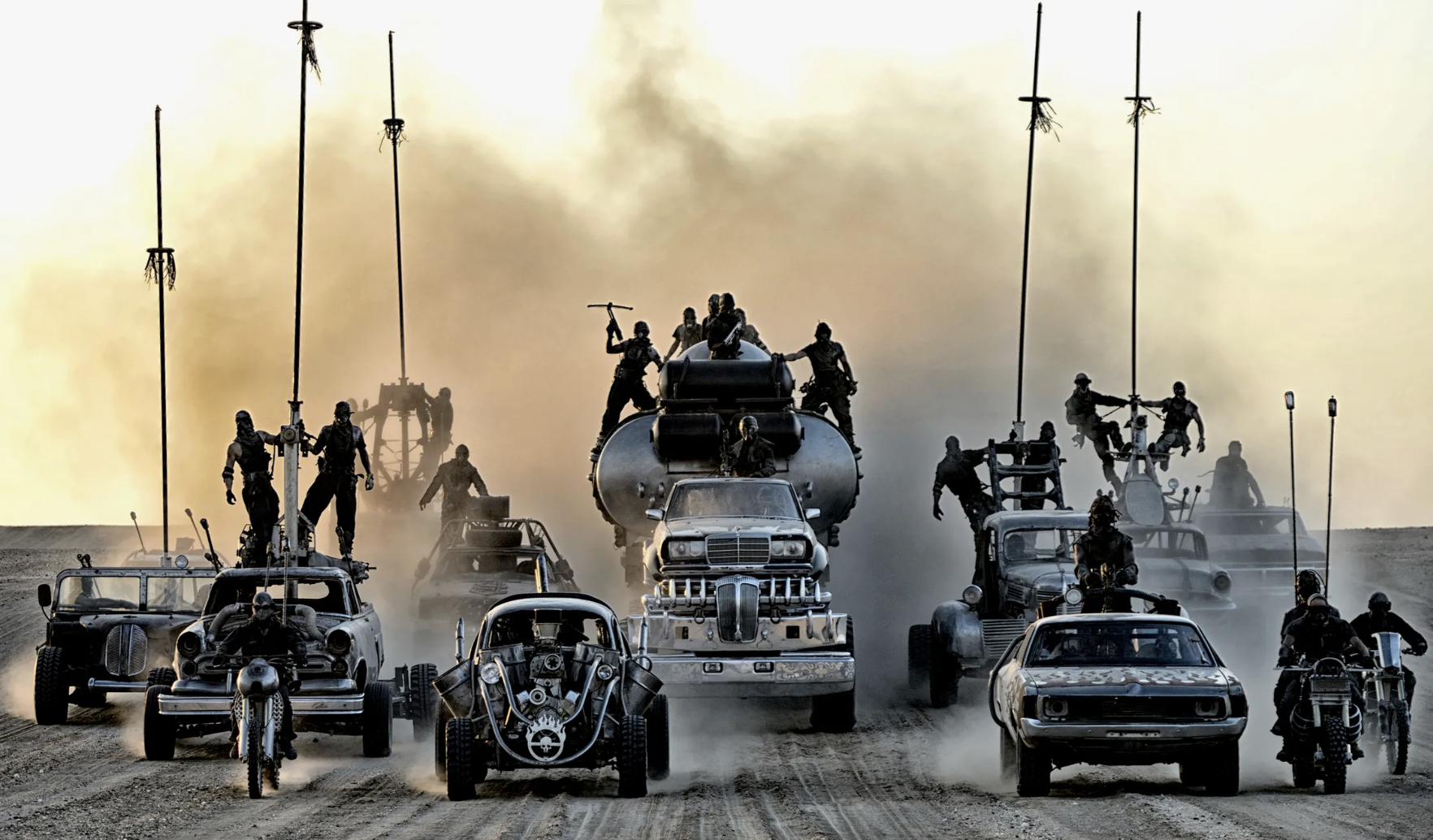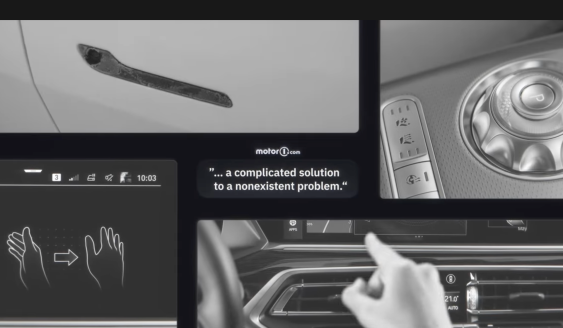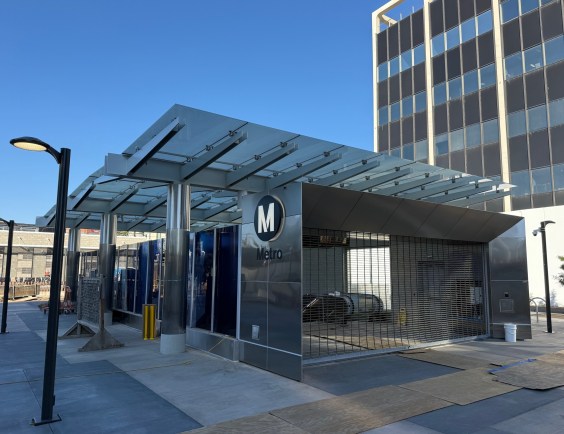At the Landmark Interchange by Fenway Park in Boston, people trying to walk across the street sometimes have to wait as long as two minutes for a signal. And that, says Northeastern University Civil Engineering Professor Peter Furth, is dangerous.
Two minutes is an unreasonably long time to ask someone to wait -- especially in one of the nation's most walkable cities. Faced with that delay, says Furth, people will try their luck crossing against the light. To compound the danger, the signal phasing that delays pedestrians is designed to speed cars. So pedestrians crossing against the light will have to negotiate high-speed traffic.
The signal timing that puts pedestrians at risk is baked right into traffic engineering conventions, Furth told the Boston City Council in December [PDF]:
Synchro, the standard software [traffic engineers] use, is based on minimizing auto delay, and it doesn’t even calculate pedestrian delay. “Level of Service” criteria give engineers an incentive to minimize auto delay, often at the expense of pedestrian service (which isn’t measured). That’s how we get designs with 30 second delay for cars with 120 second delay for pedestrians.
Also, standard traffic engineering rules (from the Manual on Uniform Traffic Control Devices) say it’s OK to allow only enough time for pedestrians to cross to a median, and wait there for the next cycle to continue crossing. This can be appropriate in some contexts, but certainly not at high volume crossings.
Boston is at least paying attention to these risks and seeking the expertise of people like Furth. In most other places, pedestrian-hostile engineering standards go unquestioned.
Part of the problem, Furth says, is that transportation engineers have standards for measuring motorist delay but not pedestrian delay. He has developed a tool to assess delay at intersections for pedestrians and cyclists, recommending that Boston weigh those factors in its signal timing.
Disregard for the walking environment is also embedded in the Manual on Uniform Traffic Control Devices -- a point of reference for engineers. The MUTCD does not require pedestrian-specific signals at crossings, treating them as a judgment call even in urban locations.
The MUTCD does not even "warrant" (i.e. allow) a signalized crossing for pedestrians unless at least 93 people per hour try to cross the street, or five people were struck by drivers within a year.
Meanwhile, there are no such thresholds for motor vehicle signals. Regardless of traffic counts, the MUTCD gives engineers permission to install traffic signals on major streets to "encourage concentration and organization of traffic flow" -- i.e. to make things go smoother for drivers.
Ian Lockwood, an engineer with the Toole Design Group, said this institutional bias helps explain why the U.S. has struggled to reduce traffic deaths.
"When a traffic engineer says they’ve optimized a traffic signal, that typically means they made it the best for the motorists," he said. "There’s a pro-speed, pro-automobile bias that’s built into the traffic engineering culture dealing with these sorts of issues."
When a pedestrian is killed, Lockwood says, engineers tend to blame the victim for not complying with the standard road design, instead of questioning how the street design created deadly risks.






